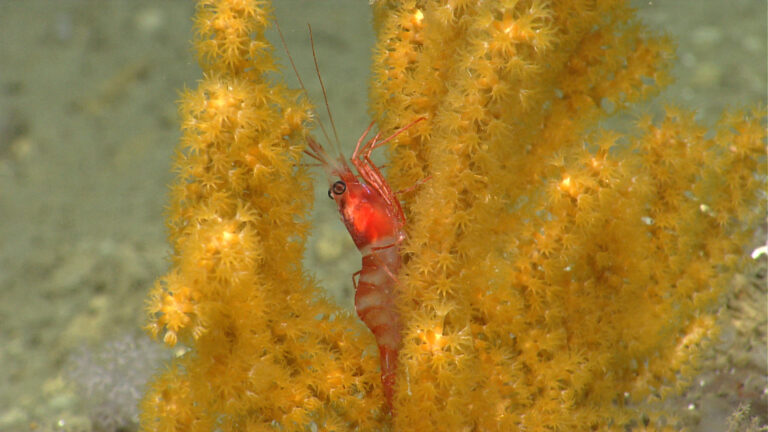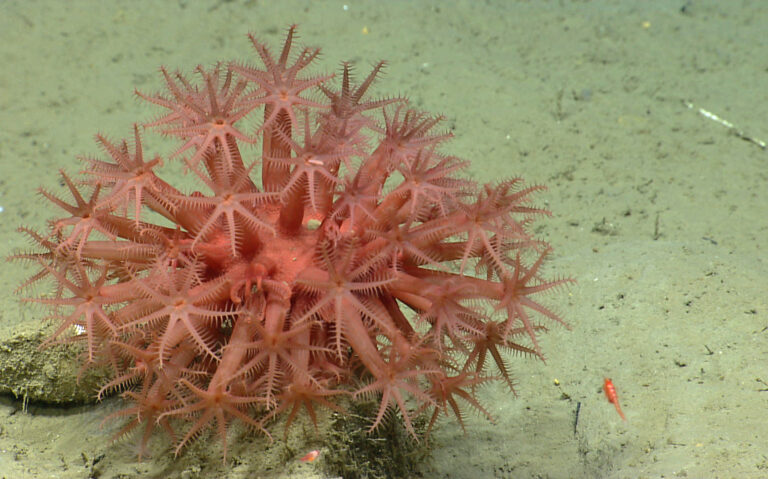¡Viva La Science! The Biggest Last Mystery On Earth
¡Viva La Science!


A shrimp rests on octocoral in Hydrographer Canyon.

Anthomastus coral in Oceanographer Canyon.



